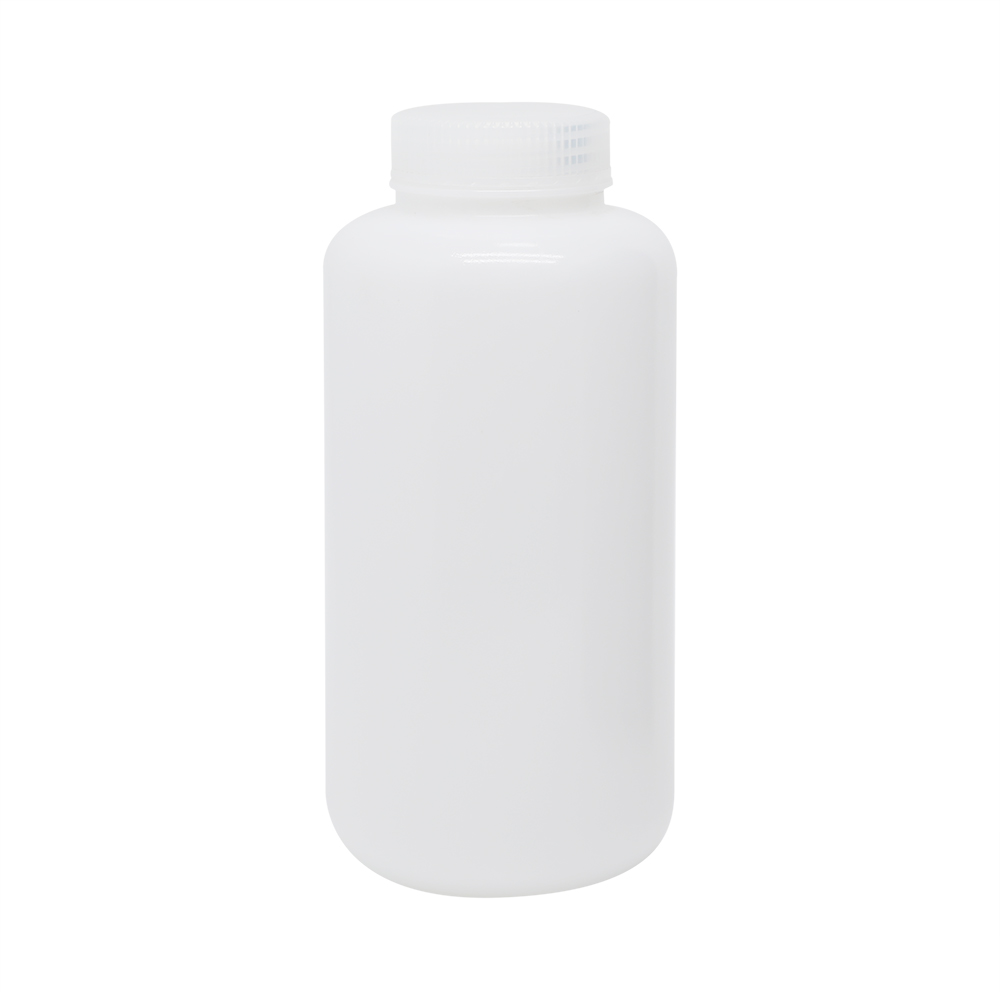
1. Importance of Proper Reagent Bottle Usage Reagent bottles are designed to provide a secure and controlled environment for storing chemicals. They are typically made of glass or plastic, with a tight-fitting lid or stopper to prevent leakage and contamination. Proper usage of reagent bottles is crucial for several reasons:
a. Chemical Integrity: Reagents are often sensitive to light, moisture, and air. Using appropriate reagent bottles helps to protect them from these external factors, ensuring their stability and effectiveness.
b. Safety: Many chemicals used in laboratories are hazardous and can pose risks to health and safety. Reagent bottles with proper seals and labels help to minimize the chances of accidental spills or exposure, reducing the potential for accidents.
c. Organization: Properly labeled reagent bottles allow for easy identification and organization of chemicals in the laboratory. This helps to prevent mix-ups and confusion, ensuring that the right reagent is used for each experiment.
2. Types of Reagent Bottles There are various types of reagent bottles available, each designed for specific purposes. Understanding the different types can help you choose the most suitable bottle for your needs:
a. Amber Glass Bottles: These bottles are made of amber-colored glass, which provides protection against light. They are ideal for light-sensitive reagents that can degrade when exposed to UV radiation.
b. Clear Glass Bottles: Clear glass bottles are commonly used for reagents that are not light-sensitive. They allow for easy visual inspection of the contents and are suitable for a wide range of chemicals.
c. Plastic Bottles: Plastic reagent bottles are lightweight and shatterproof, making them a safer alternative to glass bottles. They are often used for storing corrosive or volatile chemicals.
d. Dropper Bottles: These bottles are equipped with a dropper cap, allowing for precise and controlled dispensing of small amounts of reagents. They are commonly used for titrations and other experiments that require accurate measurements.
3. Precautions for Handling Reagent Bottles While using reagent bottles, it is essential to follow certain precautions to ensure safety and maintain the integrity of the chemicals. Here are some guidelines to keep in mind:
a. Proper Labeling: Always label reagent bottles with the name of the chemical, concentration, and any hazard warnings. This helps to prevent mix-ups and ensures that everyone in the laboratory is aware of the potential risks associated with the reagent.
b. Secure Closures: Ensure that the lids or stoppers of reagent bottles are tightly closed to prevent leakage and contamination. Avoid using excessive force while closing the bottles, as it may damage the seals.
c. Storage Conditions: Store reagent bottles in a cool, dry place away from direct sunlight. Some reagents may require specific storage conditions, such as refrigeration or protection from moisture. Follow the manufacturer's instructions for proper storage.
d. Handling Hazards: When working with hazardous reagents, such as corrosive or toxic chemicals, wear appropriate personal protective equipment (PPE) such as gloves, goggles, and lab coats. Follow proper handling procedures and dispose of waste materials according to safety guidelines.
e. Cleaning and Maintenance: Regularly clean reagent bottles to remove any residue or contamination. Use appropriate cleaning agents and rinse thoroughly before reuse. Inspect the bottles for any signs of damage or wear and replace them if necessary.
4. Proper Dispensing Techniques Proper dispensing of reagents is crucial to ensure accurate measurements and prevent spills. Here are some techniques to follow:
a. Pouring: When pouring reagents from a bottle, hold the bottle at a slight angle to control the flow. Avoid pouring too quickly or forcefully, as it may cause splashing or spills. Use a suitable funnel if necessary.
b. Dropper Dispensing: For precise measurements, use dropper bottles or pipettes. Squeeze the dropper or pipette bulb gently to draw the reagent into the dropper, and then dispense it slowly and carefully.
c. Avoid Contamination: To prevent contamination, avoid touching the inside of the bottle or dropper with your fingers or any other objects. Use clean and dry equipment for dispensing reagents.
d. Close Immediately: After dispensing the required amount of reagent, close the bottle tightly to prevent evaporation or contamination. Ensure that the lid or stopper is securely in place.
5. Disposal of Reagent Bottles Proper disposal of reagent bottles is essential to prevent environmental pollution and ensure safety. Follow these guidelines for disposal:
a. Empty Bottles: Empty reagent bottles can be rinsed with water to remove any residue before disposal. Check with local regulations for specific disposal instructions.
b. Contaminated Bottles: If a reagent bottle contains hazardous or toxic substances, it should be disposed of as hazardous waste. Contact your local waste management authorities for proper disposal procedures.
c. Recycling: Glass reagent bottles can often be recycled. Remove any labels or hazardous waste markings before recycling. Plastic bottles may also be recyclable, depending on the type of plastic used.
In conclusion, the proper usage of reagent bottles is crucial for maintaining the integrity of chemicals and ensuring laboratory safety. By following the precautions mentioned above and using the appropriate techniques for handling and dispensing reagents, you can enhance the effectiveness of your experiments and minimize the risks associated with hazardous substances. Always prioritize safety and adhere to the guidelines provided by manufacturers and regulatory authorities.
Related Products





